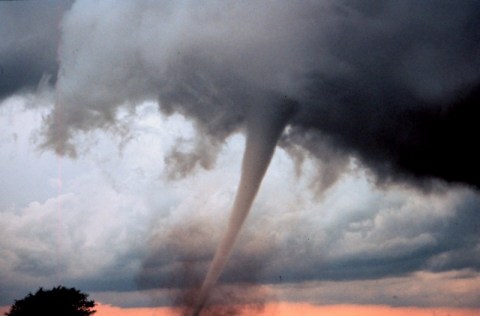102 Years Ago, Thousands Of People In Missouri Died Due To A Strain Of The Flu
Pandemics are certainly nothing new. Today’s headlines shout warnings about the spread of the Coronavirus, COVID19, preventative measures to take, and the count of those who have tested positive and those who have died to date. Just over a century ago, the world faced another pandemic, the 1918 influenza pandemic, the deadliest disease outbreak in history to date.
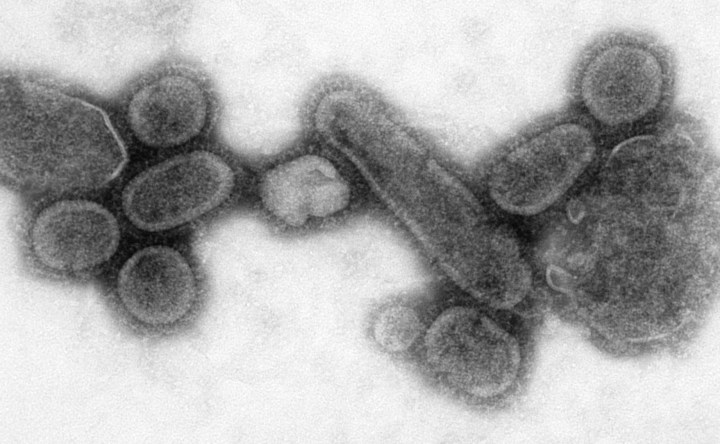
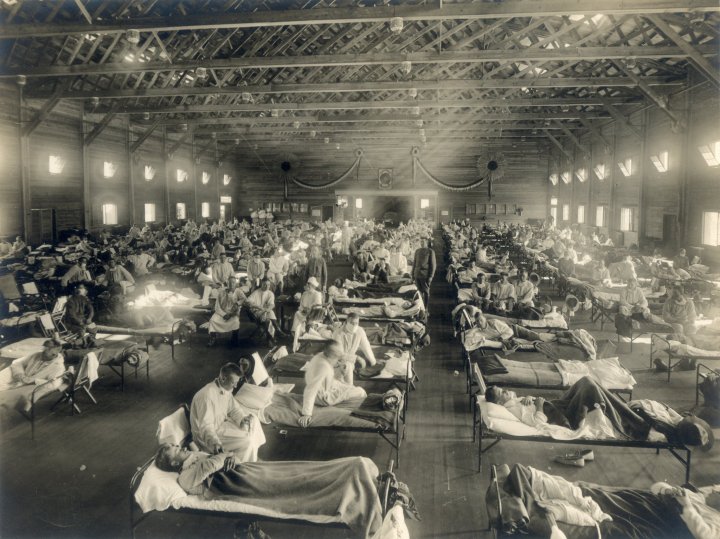
The above photo is of the makeshift hospital caring for those from Camp Funston who had fallen ill.
Advertisement
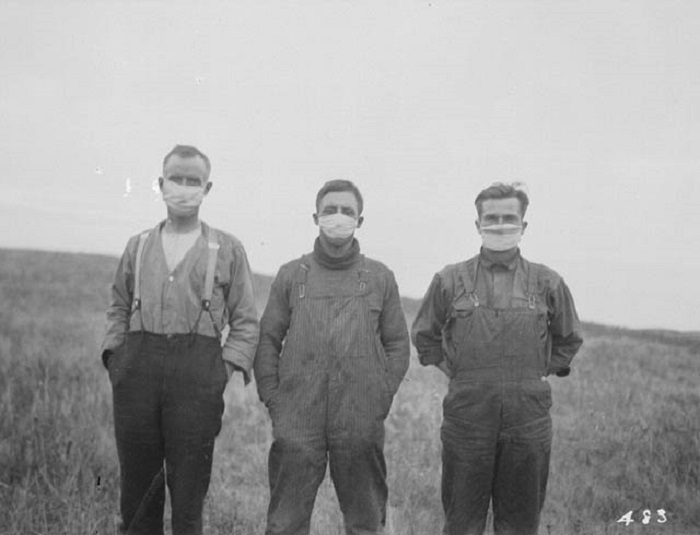
Some people — like these Canadians — tried to avoid catching influenza by wearing masks.
Advertisement

A victim’s body is taken away by the Red Cross in St. Louis.
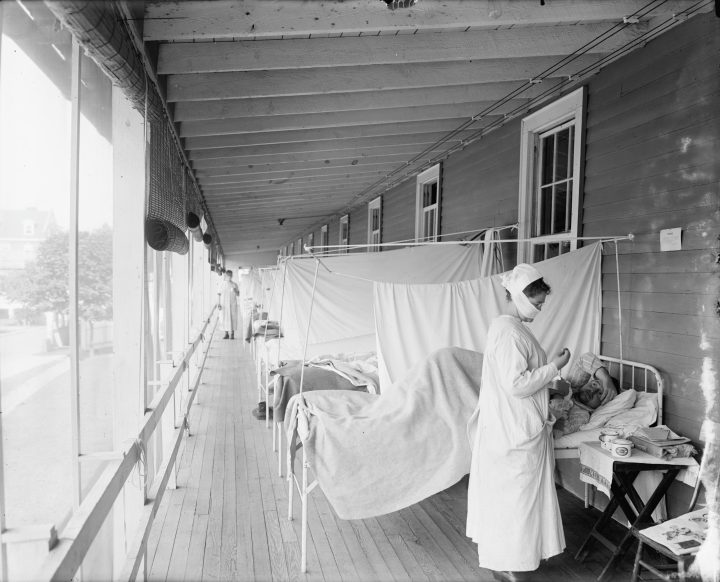
Patients at Walter Reed are cared for by a nurse wearing a mask.
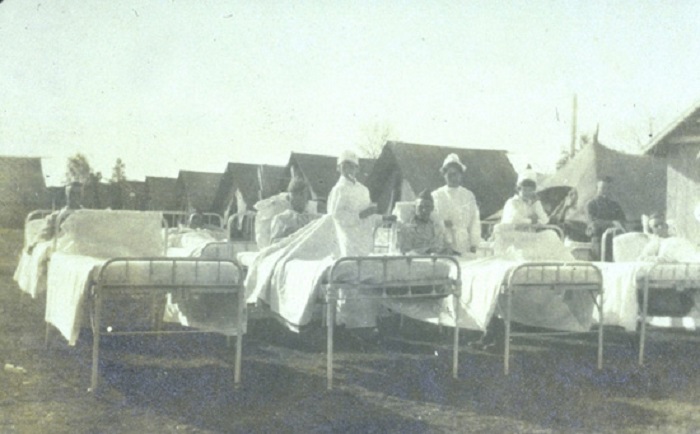
Makeshift hospitals were commonplace in the United States in 1918. This photo is said to be a hospital in either Long Island or in Arkansas.
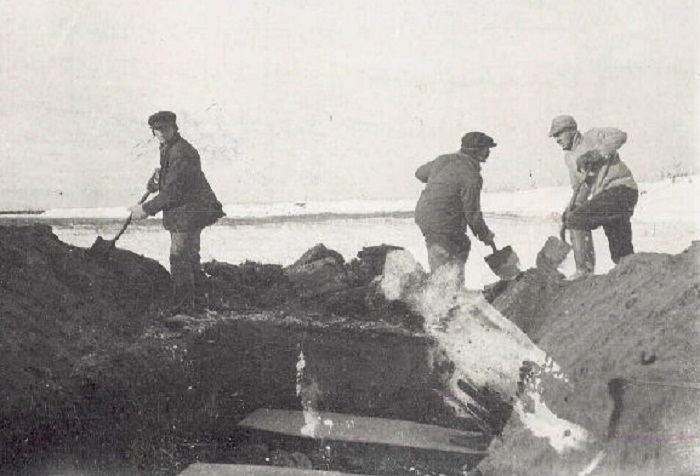
Victims of the Spanish flu in Canada are at their final resting place.
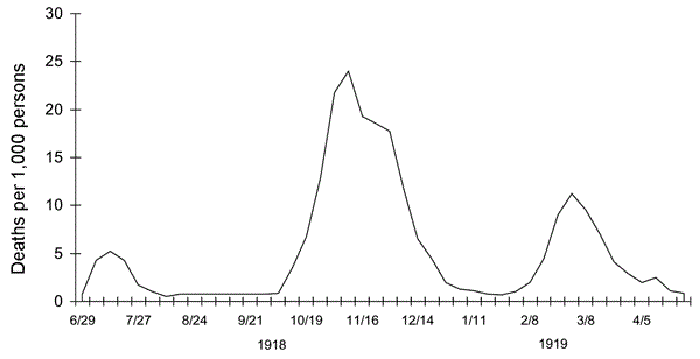
The above graphic from the Centers for Disease Control and Prevention shows the three waves of the Influenza Pandemic of 1918.
Advertisement


Nurses in Washington DC during the pandemic.
Are you concerned about the possibility of another influenza pandemic in Missouri? Join the conversation in the comments! Since we’re talking about history today, do you know the history of Trail of Tears State Park in Jackson, Missouri?
OnlyInYourState may earn compensation through affiliate links in this article. As an Amazon Associate, we earn from qualifying purchases.
Featured Addresses
Missouri, USA



